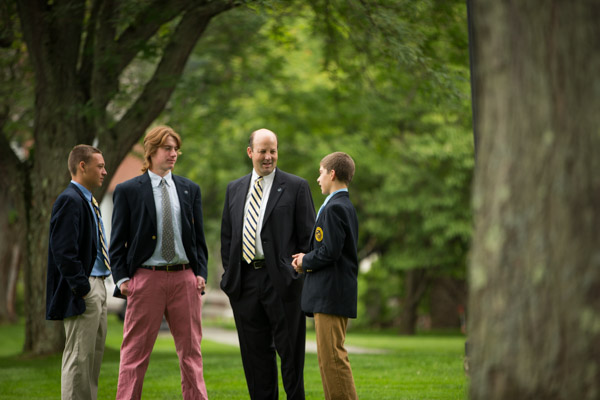
In the opening of school faculty meeting, Bill Taylor laid out his vision for the Winter Term Projects which debuted this term. He charged the faculty to collaborate with a colleague in another academic department and generate projects of interest related in some way to their classes. By November, the faculty had created 50 proposals. Students also could pitch their own topics and find two faculty members as guides.
Topics run a wide gamut: Polarization of Climate Change, Build a Roller Coaster, Predicting the Economic Needs of a Hockey Rink, Physics of Music, Don Quijote as a “This American Life” podcast, Geometry of Roman Architecture, and Statistical Inequity of Capital Punishment Among Different Races.
Dean of Faculty Todd Hoffman oversees this program and orchestrates the scheduling logistics. The daily academic schedule was adjusted to create a 45 minute period every Wednesday morning which will allow time to focus on the projects. “We managed to create this window without taking away from class time,” said Hoffman.
In December, students signed up for three choices and were assigned their topic on a first come, first served basis. Enrollment in most projects ranges from two to ten students.
Each project will culminate in a final graded assessment such as a paper, a constructed object, video or podcast. The capstone work will be assessed by both participating teachers and will count as two credits on each student’s transcript.
According to Taylor, “Project-based learning places the students at the center of the learning process by allowing them to be active participants in a multi-faceted way. Moreover, the interdisciplinary nature of the projects provides the opportunity to synthesize content from multiple sources and create something different, a highly valued skill in the so-called information age. Additionally, the projects model collaboration for the students as they see teachers, colleagues from different academic departments, working together in imaginative, creative ways.”
